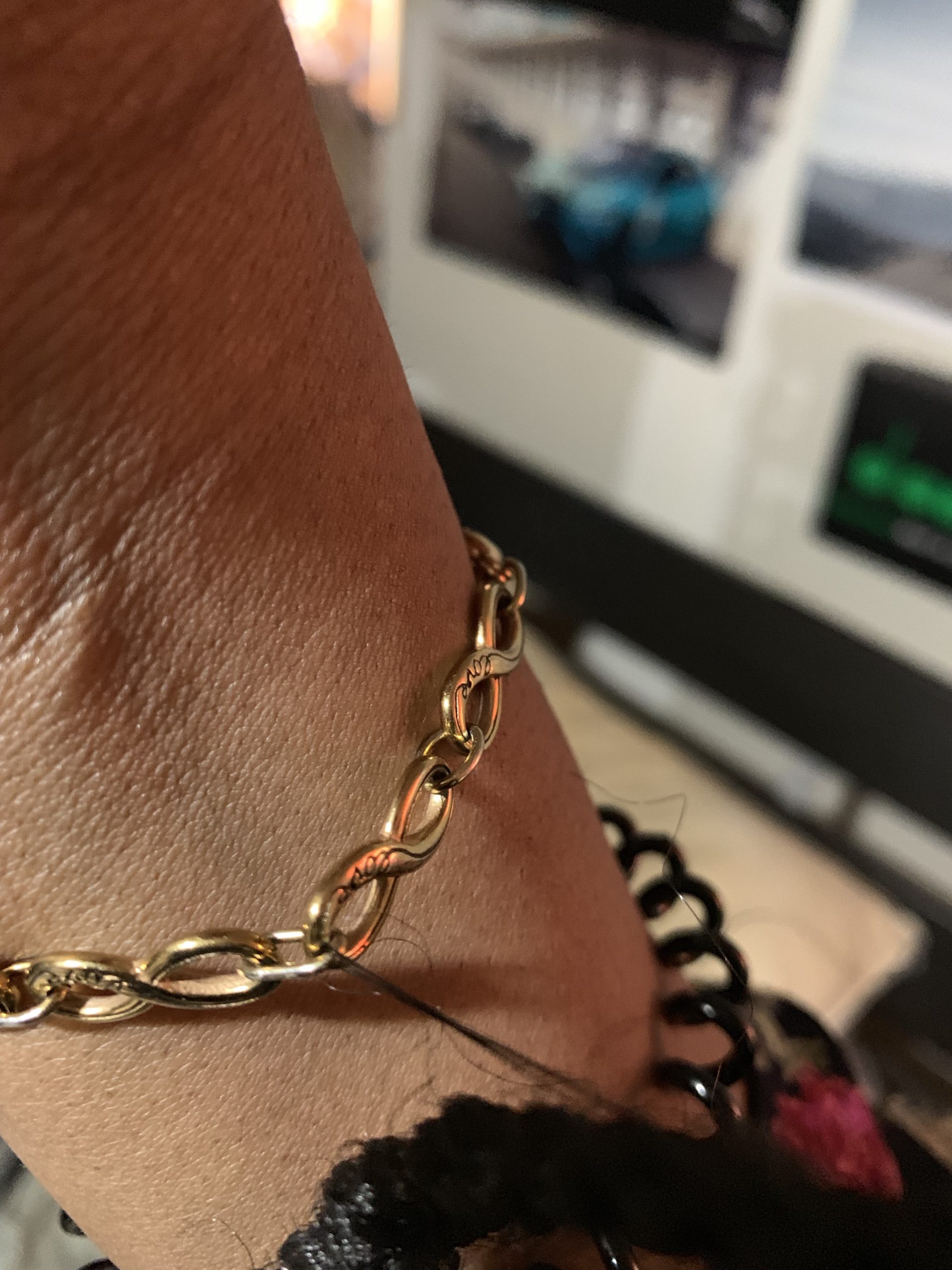Bionic Kidney?!
Share

I was on Facebook the other day half paying attention when I scrolled past something that caught my eye.
A post came up talking about a bionic kidney that’s set to REPLACE dialysis in just two short years. I read further and noted that the article was published in 2017…which means we are mere months from an apparent bionic kidney.
While dialysis is an effective treatment for kidney failure, I’m sure that most would agree that it’s neither desirable or ideal.
I struggled with the fatigue that comes with a machine that aims to do what real, working kidneys do 24 hours a day in just 4 hours 3 times a week. I also struggled with the physical aspect of dialysis; I started off with a catheter in my chest and “graduated” to a fistula shortly thereafter. Neither are particularly sexy, especially for a young lady in her 20s.
The average mortality rate for people on dialysis is said to be 5-10 years. Again, definitely not ideal. So, what’s this about an artificial/”bionic” kidney? This article, written by Milos Kitanovic, answers some of these questions.
The bionic kidney can be inserted via regular surgery, and it has proven to be effective. The bionic kidney has a number of microchips which are moved by the heart. It filters out blood toxins in the same way that a regular kidney would.
The microchips in the bionic kidney act as a “scaffolding” that hold renal cells that will grow in and around the microchips which act as filters. The result? A whole lot of cells act/mimic a real, functioning kidney!
Another amazing benefit of this bionic kidney is the fact that there is no chance of rejection. The prototype of the device showed very promising results.
It all sounds amazing, right? So what are the cons?
One of the issues is the fact that your blood must travel through the device. When your blood is travelling through a device like that, there’s always the risk of blood clots developing.
Another issue is that this bionic kidney won’t be a solution for all. Some people won’t be able to have surgery because of the condition that they’re in, be it old age or other underlying health issues.
Some may also object to the notion of having a device mimicking a real organ in their bodies, whether it be based on religious views or other thoughts of beliefs.
Lastly, the long term effects and results are unknown, and will remain unknown until these devices are put into real people with ESRD (end stage renal disease).
From what I’ve seen and read so far, this looks like a promising device that could really help a lot of people who find themselves “stuck” on what seems to be an endless kidney transplant waiting list.
The article about the bionic kidney can be found by clicking here.









